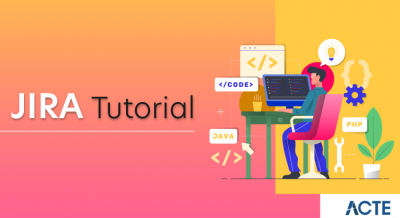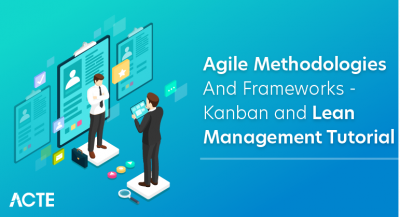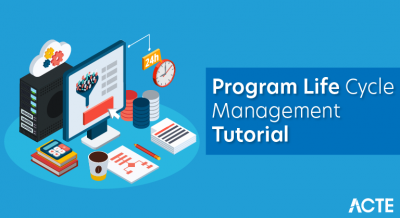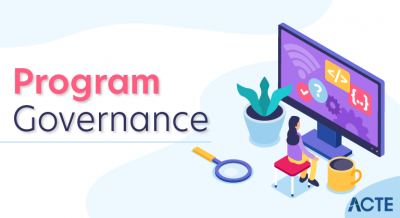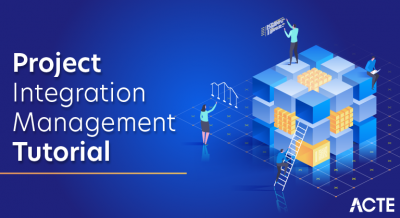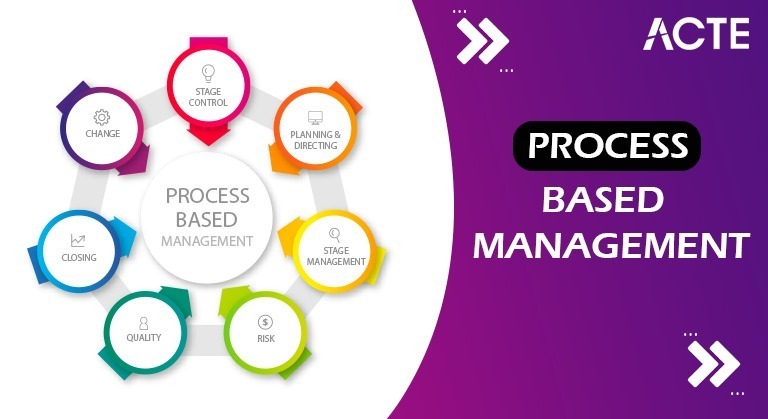
- Introduction
- Program
- Process Control Block
- Project Management
- Limitations of Project Management
- Project Life Cycle
- Key Focus Areas in Project Management
- Work Roles in Project Management
- The Six Stages in Process-Based Management
- Conclusion
- Initiation Inception is the initial step of an undertaking life cycle that includes characterizing the venture, recognizing partners, deciding task achievability.
- Planning Arranging comprises of the creation of the framework of the undertaking, which incorporates costs, the succession of occasions, correspondence with partners, timetables, spending plan, and hazard.
- Execution The execution step incorporates distributing assets, directing gatherings, imparting refreshes, and conveying execution reports.
- Monitoring and Controlling Observing and Controlling include following advancement and contrasting it and the arrangement, and it is principal to lead quality control checks all through the interaction.
- Closure Closure includes conveyance to the client and getting their input. Closure requires assessment of the task if everything continued as arranged and talked about with the partners.
- Making due, auditing, and focusing on the undertakings any place essential
- Caring for hazard the executives, partner the board, and venture correspondence the executives.
- US: $75,474/yr
- India: ₹15,00,000/yr
- Arranging and planning complex activities
- Visiting project locales to actually take a look at progress and handle complex issues
- US: $104,496/yr
- India: ₹20,92,000/yr
- Inspiring the group underneath, dealing with their necessities, and focusing on what they feel
- Requesting or controlling the undertaking group, since the venture lead has more opportunity than the task supervisor
- US: $82,000/yr
- India: ₹1,269,000/yr
- Relegating the perfect individuals to the ideal undertakings at the ideal time
- Overseeing representatives presently and deciding recruiting needs relying upon the task’s prerequisites
- US: $64,000/yr
- India: ₹966,797/yr
- Examining and deciphering the information concerning the venture
- Sorting out the future dangers to the task
- Tracking down better approaches to propel project the executives
- US: $106,253/yr
- India: ₹449,337/yr
- Giving contributions during the advancement of the venture, exhorting on the spending plan, and assessing the task methodologies
- Taking customary criticism from the venture chiefs and posing the important inquiries
- US: $68,497/yr
- Process should be plainly distinguished and reported if it to yield any clearness.
- Departmental documentation, client based arrangements, buying manuals and interaction stream outlines would all help in reporting the previously mentioned process.
- The info that is expected for the interaction to be functional, the normal result of the cycle and individuals or offices answerable for every constituent piece of the cycle ought to be recognized so possession and responsibility are not compromised.
- Process execution should be estimated, assuming the viability, quality and courses of events are to be observed and enhanced.
- Preferably, the measurements chose ought to be quantifiable, with the goal that lucidity is held all through. Notwithstanding, this may not forever be imaginable, however relative information and significant benchmarks can constantly be gotten for pertinent examination.
- An assortment of apparatuses are accessible to examine process execution effortlessly.
- Graphical portrayals, bar outlines, pie diagrams, change examination, hole investigation and circumstances and logical results examination being probably the most well known.
- Under this period of interaction based administration, consistence reviews would help in examining process soundness.
- Assuming it is viewed as needing, new objectives should be set and these ought to be adjusted to the organization’s essential course.
- Process upgrades should be arranged in simultaneousness with the vision of the association, its statement of purpose and its way of life.
- Adequate assets ought to be allotted and a compelling group should be set up in the event that the proposed changes are to be effective.
- This is the place where every one of the arranged upgrades wake up from its previous paper-based draft. Preparing can be led if and when required and the help of staff ought to be accumulated at every possible opportunity.
- From that point, standard checking and ceaseless upgrades should be worked with assuming the association is to be one of top notch standing.
Introduction :-
Process-based administration is an administration procedure that adjusts the vision, mission and basic belief frameworks of a business while figuring out corporate methodology.It characterizes the arrangements that administer the tasks of the organization, being referred to; while guaranteeing that the organization isn’t simply working on a foundation of proficiency alone, however one of adequacy, as well.
As interaction based administration starts from the essential circle, the heading of the tasks embraced stay unwavering, dissimilar to in case of objectives figured out at a strategic level, where a few undertakings will generally veer off base. Pursuing a shared objective accomplishes concordance across various work gatherings and offices. Notwithstanding, it should be re-iterated that essential help alone is deficient to make the way of thinking of cycle based administration, a triumph; and that the center administration and workers as well, need to perceive their part all the while and take responsibility for ideal outcomes.
An interaction is essentially a program in execution. The execution of an interaction should advance in a consecutive manner. A cycle is characterized as a substance which addresses the fundamental unit of work to be carried out in the framework. To place it in straightforward terms, we compose our PC programs in a text document and when we execute this program, it turns into an interaction which plays out every one of the errands referenced in the program. At the point when a program is stacked into the memory and it turns into an interaction, it tends to be partitioned into four areas ─ stack, pile, text and information. The accompanying picture shows a worked on design of an interaction inside primary memory −
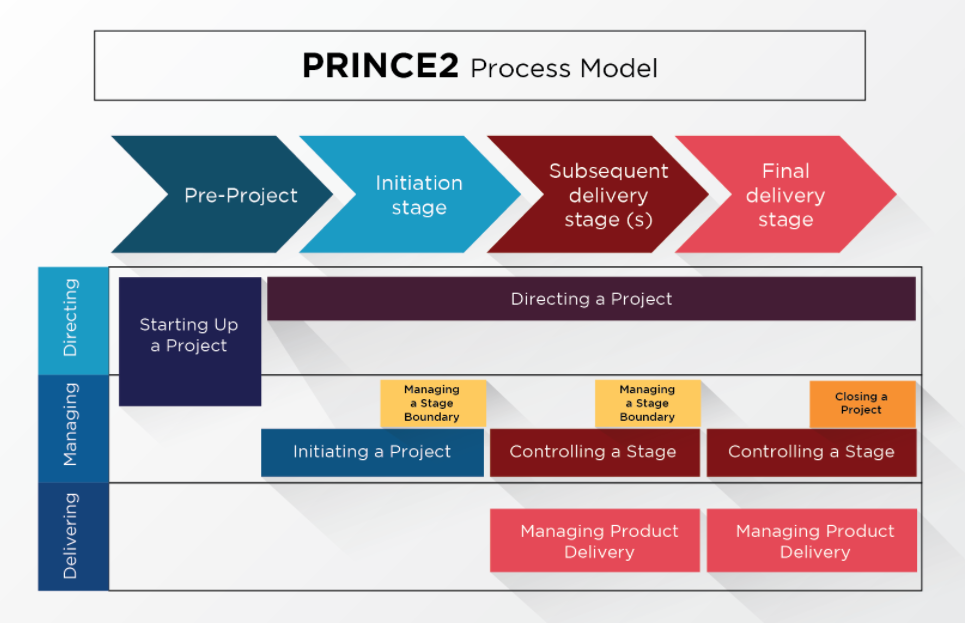
Stack: The process Stack contains the temporary data such as method/function parameters, return address and local variables.
Heap: This is dynamically allocated memory to a process during its run time.
Text: This includes the current activity represented by the value of Program Counter and the contents of the processor’s registers.
Data: This section contains the global and static variables.
Program :-
A program is a piece of code which might be a solitary line or a great many lines. A PC program is generally composed by a software engineer in a programming language. For instance, here is a straightforward program written in C programming language −
#incorporate
int fundamental() {
printf(“Hello, World! \n”);
bring 0 back;
}
A PC program is an assortment of guidelines that plays out a particular errand when executed by a PC. At the point when we contrast a program and an interaction, we can infer that a cycle is a unique occurrence of a PC program. A piece of a PC program that plays out an obvious errand is known as a calculation. An assortment of PC projects, libraries and related information are alluded to as a product.
| 1. | Start | This is the initial state when a process is first started/created. |
| 2. | Ready | The process is waiting to be assigned to a processor. Ready processes are waiting to have the processor allocated to them by the operating system so that they can run. Process may come into this state after Start state or while running it by but interrupted by the scheduler to assign CPU to some other process. |
| 3. | Running | Once the process has been assigned to a processor by the OS scheduler, the process state is set to running and the processor executes its instructions. |
| 4. | Waiting | Process moves into the waiting state if it needs to wait for a resource, such as waiting for user input, or waiting for a file to become available. |
| 5. | Terminated or Exit | Once the process finishes its execution, or it is terminated by the operating system, it is moved to the terminated state where it waits to be removed from main memory. |
Process Control Block (PCB) :-
A Process Control Block is an information structure kept up with by the Operating System for each cycle. The PCB is recognized by a number cycle ID (PID). A PCB keeps all the data expected to monitor a cycle as recorded beneath in the table −The PCB is kept up with for an interaction all through its lifetime, and is erased once the cycle ends.
Project Management :-
Project Management is the utilization of information, abilities, instruments, and strategies to play out a few assignments to meet task necessities, to make the last expectations in a limited time and financial plan.
Limitations of Project Management :-
1. Scope : The degree is a dependable arrangement of expectations, and the task is to be made, remembering the extension.
2. Time : Time is one of the most basic partner contemplations and an imperative proportion of task achievement. An opportunity to finish the task should be assessed as precisely as could be expected.
3. Quality : Quality is one such circle that is quite often impacted by different imperatives. Assuming the time or cost diminishes the nature of the undertaking will be definitely impacted.
4. Cost : Cost is one more significant viewpoint that should be thought of, which is an expected component of work cost, production line, organization, programming, gear through and through.
5. Risk : The Project Manager should predict the potential dangers at each progression of the undertaking. The danger part implies numerous consider the possibility that situations and the answer for those situations.
6. Resources : Each undertaking has a blend of assets expected to make it a triumph. Assets allude to the restrictions to wrap up a specific task; they can be as far as individuals, gear, time, or different supplies.
Project Management Institute (PMI) characterizes a venture as a transitory undertaking attempted to make a one of a kind item, administration, or result. The brief idea of ventures shows that an undertaking has an unequivocal start and end. The undertaking is first characterized, and afterward as the venture advances, greater lucidity is added to the definition and extent of the task. There are various periods of a task from the time it starts to the time it closes, which establishes the undertaking life cycle.
Project Life Cycle :-
There are various results toward the finish of each stage. The stages might be separated as:
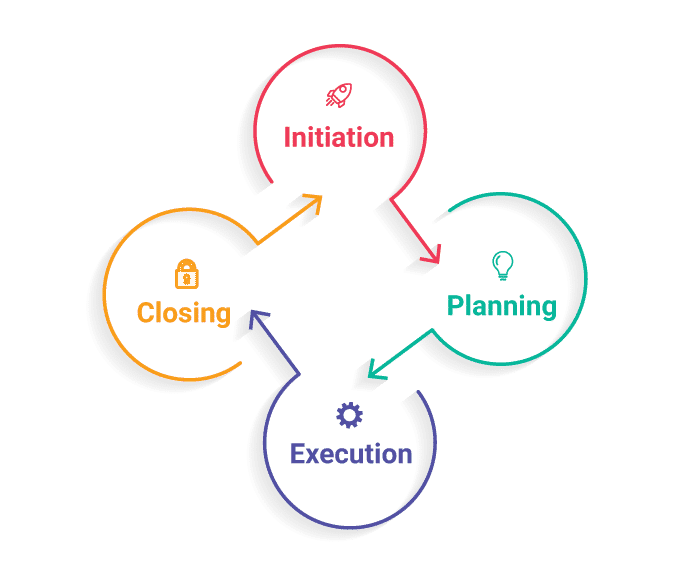
After the Project Life cycle, the following fundamental thing that acts the hero is basic center regions. Project administrators should have inside and out information on the center regions in Project Management. Allow us to investigate a portion of the key center regions to broaden our realizing on what is project the board.
Key Focus Areas in Project Management :-
There are 12 key center regions that empower us to get what is project the executives:
1. Scope: Scope alludes to the information sources gave to take the undertaking from the initial step to the last advance. The extension decides the elements, limits, financial plan, and cutoff times of the venture.
2. Schedule: The timetable is an arrangement for playing out a particular work inside a specific time stretch and accomplishing the ideal goal. The timetable alludes to the beginning date, the completing date, and the term of the venture.
3. Cost: Cost alludes to the most common way of assessing, distributing, and checking the assets required in a task, and a great deal of measures to guarantee the undertaking is on spending plan.
4. Quality: Quality alludes to what a client or a partner expects from the undertaking expectations. Quality incorporates cycles and exercises that are to be performed to meet the goals and prerequisites for which it was attempted.
5. Resources: Resources help in doing a particular assignment in a task in the most ideal way. Assets can be individuals, hardware, assets, offices, or whatever else that is expected to meet the venture necessities.
6. Stakeholders: Stakeholders are the ones who have an interest in the expectations of the venture. Partners can be essential for the task group, project supervisor, project backers, clients, or clients.
7. Communication: Communication among all partners is a fundamental part of undertaking the board for fruitful task execution. Further developing correspondence expands the proportion of progress and diminishes the likelihood of hazard.
8. Risk: A danger is a surprising occasion that can influence anything in an undertaking, individuals, innovation, cycles, or assets. Each venture has a specific measure of dangers, and to do an effective task; one should initially recognize that danger to manage it proficiently.
9. Procurement: Procurement alludes to the demonstration of acquiring every one of the materials and administrations that are expected to meet the venture objectives. Acquirement incorporates the need to buy, lease, or agreement for certain outer assets.
10. Critical Success Factor: Critical Success Factor alludes to the components that are vital for an association to accomplish the venture’s destinations. Basic Success Factor might vary starting with one association then onto the next, contingent upon their separate objectives.
11. Deliverables: Deliverables allude to the result inside the extent of the task. There can be at least one expectations inside a solitary task; these expectations might be the things that are to be sent remotely to a client or a partner.
12. Work Breakdown: Work Breakdown is an effective deliverable methodology that alludes to the division of an assignment into more modest parts. The more modest parts make the assignment autonomous and more reasonable for the group. In the wake of having gone through the undertaking lifecycle and the key center regions you would have a fortress on getting what is project the board. Presently let us investigate the work jobs in the field.
Work Roles in Project Management :-
There are a few work jobs in Project Management, some of which are:
1. Project Manager :
The Project Manager takes the undertaking as indicated by the arrangement and plays a lead job in every one of the means of task the board. The obligations of the Project Manager include:
The achievement proportion of a venture relies significantly upon the undertaking supervisor, so the interest for the task administrator is quickly expanding on the lookout.
Pay patterns of a Project Manager should be visible as under:
2. Senior Project Manager :
Senior Project Manager is the top of the general Project Management plan; the job requests inside and out information on all project angles. The obligations of the Senior Project Manager include:
The job of Senior Project Manager is one of the most lucrative jobs in the business, having a few remittances and rewards.
Compensation patterns of a Senior Project Manager should be visible as under:
3. Project Lead :
Project Leads are the ones who lead individuals all through the task and furnish them with all the data expected all through. The obligations of a Project Lead include:
Project Lead ensures that the undertaking gives the most ideal result and is henceforth the interest for a task lead in an organization won’t ever lessen.
The compensation patterns for a Project Lead should be visible as under:
4. Asset Manager :
Asset Manager is the human asset expected to make the venture a triumph. The obligations of a Resource chief include:
The compensation patterns for a Resource Manager should be visible as under:
5. Project Management Office Analyst :
Project Management Office Analyst works inside the PMO and does the greater part of the Data-driven work. The obligations of the Project Management Office Analyst include:
The compensation patterns for a Project Management Office Analyst should be visible as under:
6. Controlling Committee Member :
The individuals from the Steering Committee don’t deal with the actual task; they are there to help the Project Manager. The obligations of the Steering Committee Member include:
The compensation patterns for Steering Committee part should be visible as under:
The Six Stages in Process-Based Management :-
(1) Defining the cycle :-
(2) Establishing measures to assess the cycle :-
(3) Analyzing process execution :-
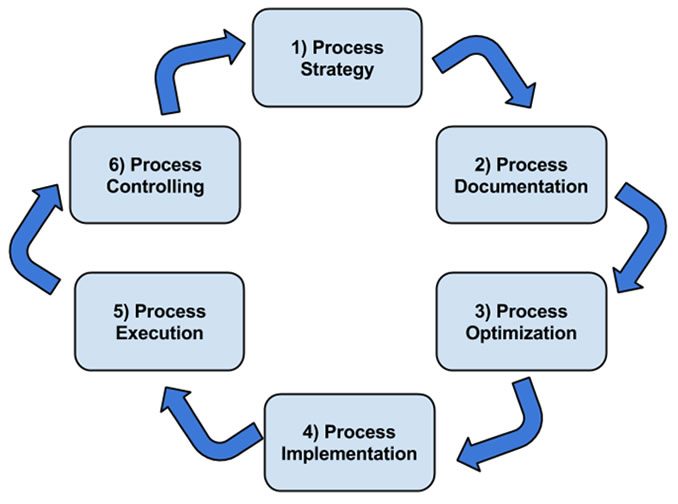
(4) Analyzing process steadiness and setting new goals whenever required :-
(5) Planning upgrades :-
(6) Implementation of upgrades :-
Conclusion :-
Process-based administration is a priceless device in consumer loyalty and maintenance, as it recognizes key cycles that have partner interests and fulfillment on a basic level.
As many, a clever administrator at the higher echelons have come to understand the vision of an organization is less inclined to change over the long run, instead of objectives and strategies used to accomplish this vision.
Along these lines cycle based administration requires chiefs to assess existing cycles and find ways to change the design and capacity of the association being referred to, with the goal that greatest effectiveness can be in this way inferred.
Variable factors, for example, changes in client assumptions, vacillations in the overall economy and the need of growing better product offerings will bring about more inventive labor force who takes responsibility for and starts better execution in their connected main subject area.


